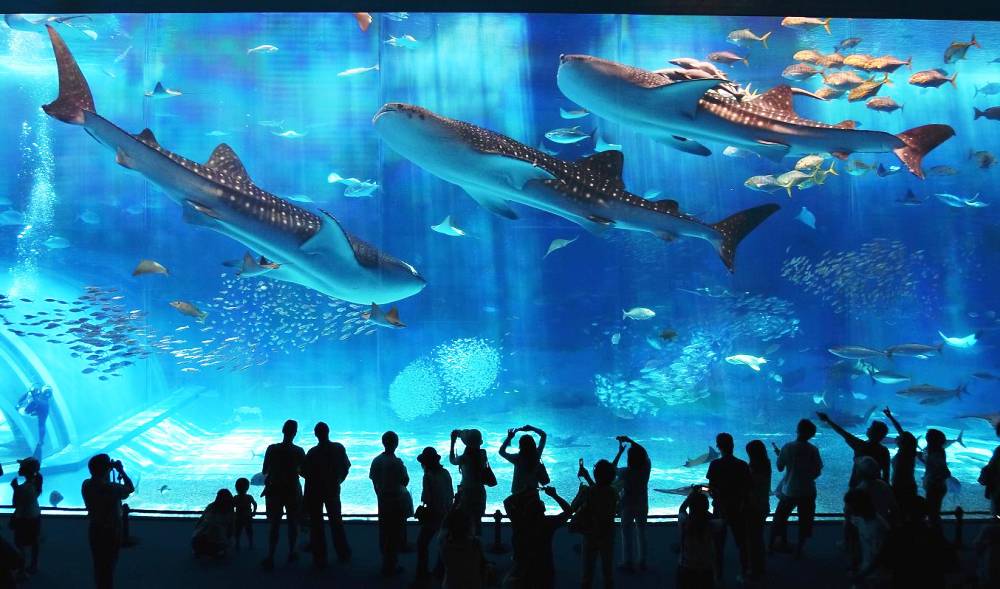Water, water everywhere, but not a drop to save animals from Austin’s new Aquarium
Maybe it’s because I did a little too much post-“Blackfish” research, or maybe it’s because in another life I would work for PETA, but I can’t help but be sick to my stomach at the thought of a private, for-profit aquarium tarnishing Austin’s otherwise green reputation.
No one should comfortably turn a blind eye to more than 200 marine deaths at the hands of Vince and Ammon Covino at their sister aquarium in Portland. Why would Austin welcome “The Aquarium of the Future” with open arms, when the founders are under investigation from the Oregon Humane Society?
For several months at a time, the Portland aquarium operated without a veterinarian. The most recent exotic animal veterinarian, who left disgruntled, blamed cost-cutting measures as the reason for many animal deaths, including improper quarantine procedures and poor monitoring (according to both The Oregonian and Austin’s KVUE)
We aren’t just talking about illness-based death, either. According to the animal death log leaked to the Oregonian, the animals experienced starvation, infection, poor water temperatures, and animal on animal attacks. Let’s remember that the Portland aquarium has been open for less than a year and is already under fire for lack of oversight and the resulting conditions.
Presenting even stronger evidence that the foundation for the Austin Aquarium is crumbling, the University of Texas pulled support and resources from the project, and daily-deal site Groupon withdrew their deal drive for the aquarium.
So where is the support for marine animal welfare in Austin?
With nearly 40 animal welfare charities on the books, surely one could expect someone to take-on the threat of mistreatment in our backyard. Should conditions in Austin mirror those in Portland, a challenge fits within the mission of the ASPCA and a handful of other non-pet specific organizations.
Hopefully as work continues on converting the former furniture store into the aquarium, nonprofits and residents will take a critical look at the treatment and care of these animals.
